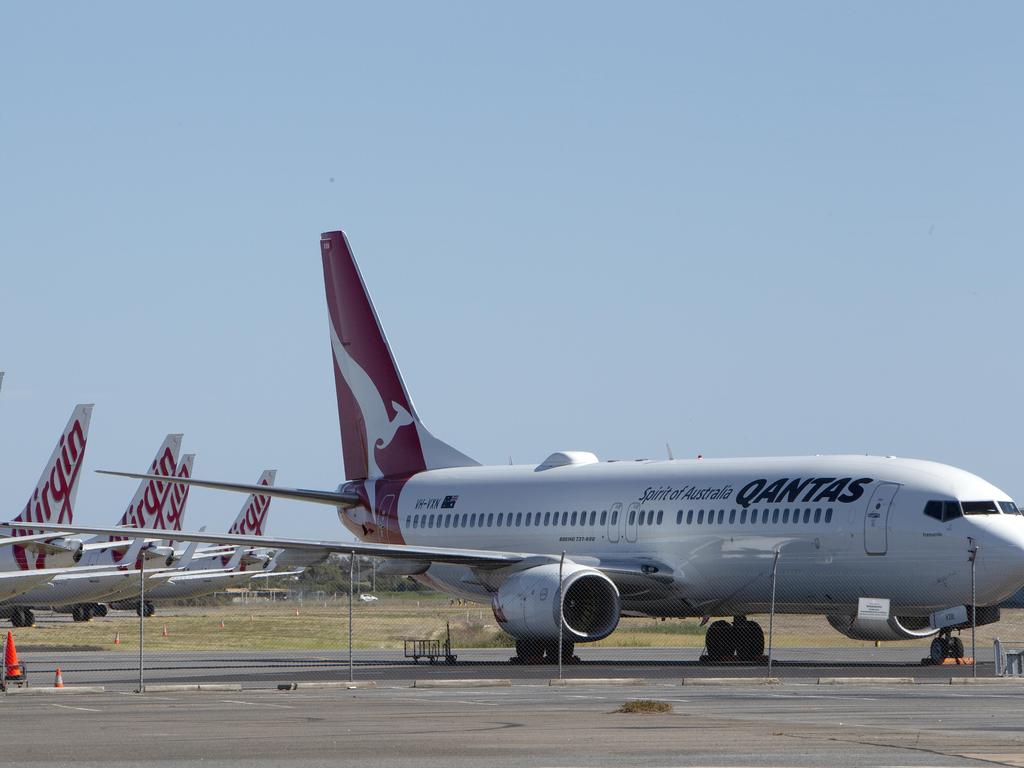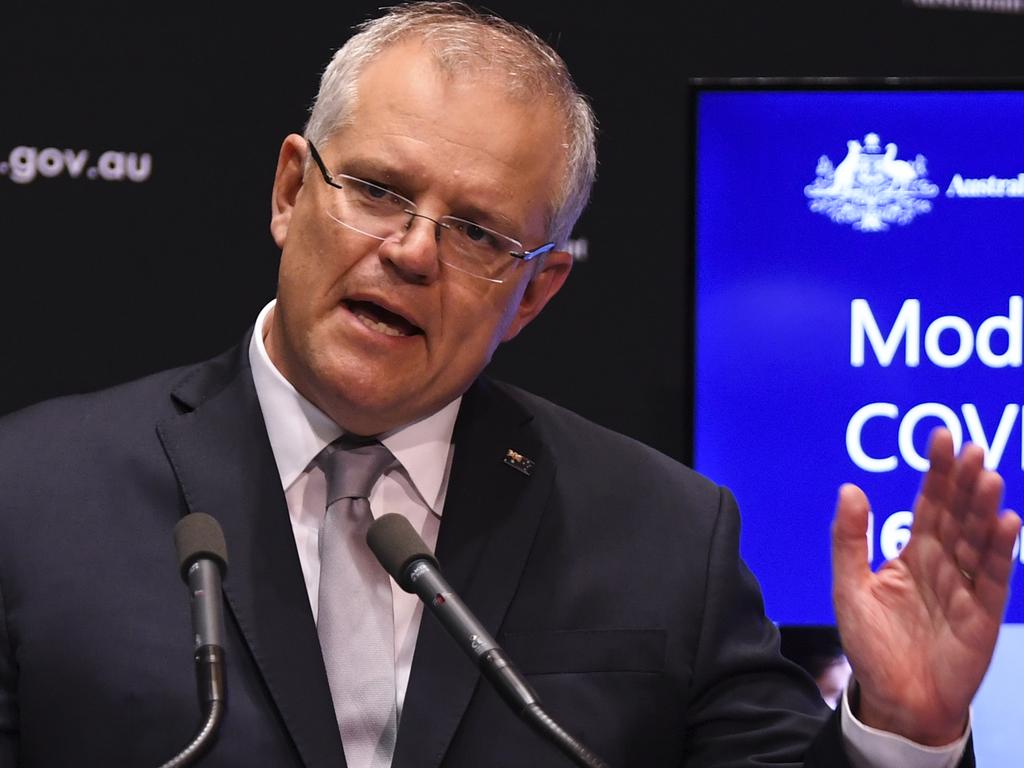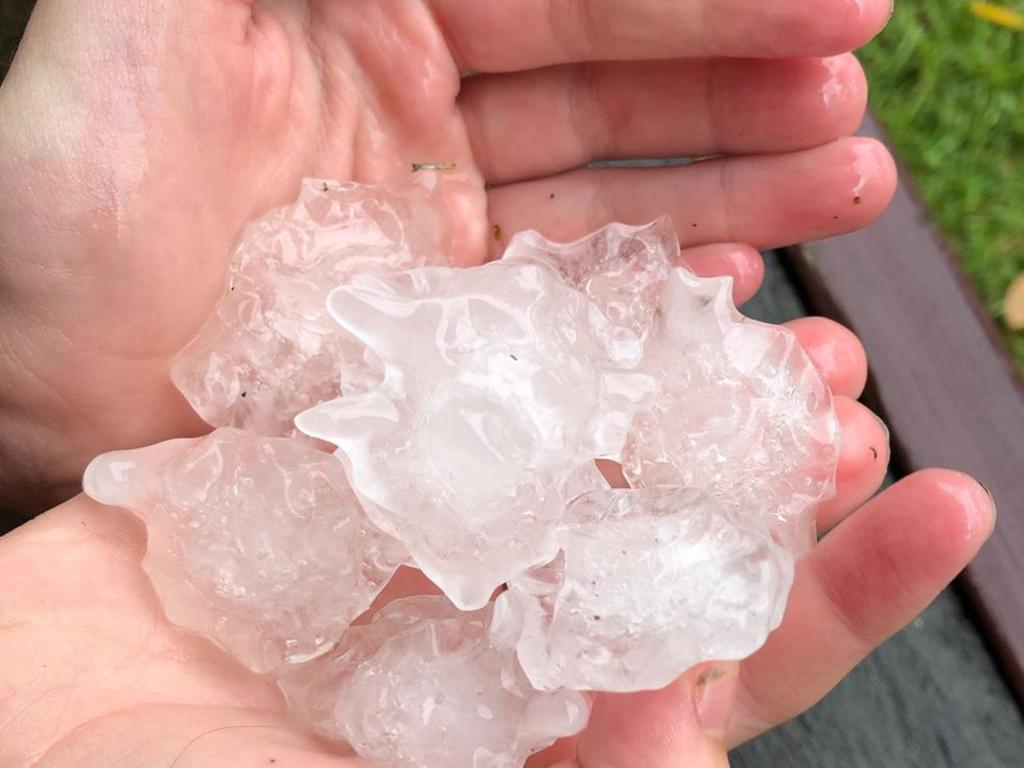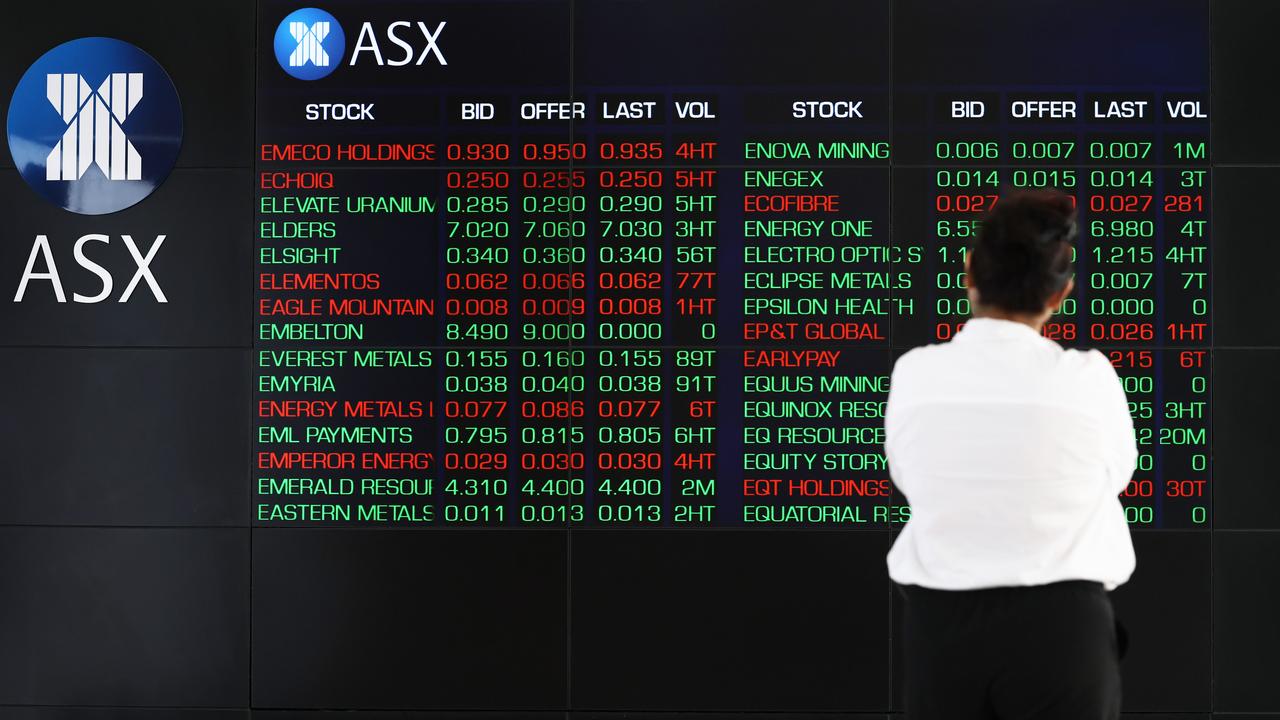Investors should brace for more reality checks
Australian shares fought against risk aversion in global markets amid a reality check on the US economy and corporate earnings.
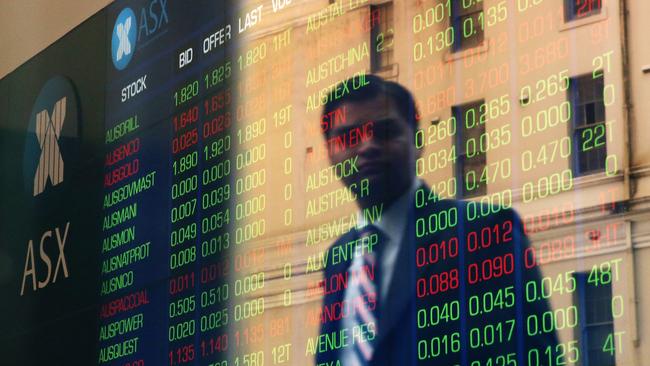
Australian shares fought against renewed risk aversion in global markets amid a reality check on the US economy, corporate earnings and crude oil supply, but the reality checks will just keep coming.
After bouncing 21 per cent in the past three weeks, the S&P/ASX 200 closed down 0.9 per cent at 5416.3 after hitting a three-day low of 5345 after a 2.2 per cent drop in the S&P 500.
No doubt there’s “fear of missing” out on this new “bull market” engineered by central banks, particularly the Federal Reserve via a huge expansion of its balance sheet, and governments via unprecedented fiscal stimulus, helped along by lower coronavirus infection rates that are expected to allow some normalisation of economic activity in the months ahead.
But while stronger-than-expected local employment data for March clearly didn’t capture the devastating impact of coronavirus lockdowns that began in the second half of the month, buyers were understandably cautious after dire readings on US industrial production, retail sales and business conditions, home builder sentiment, retail sales and business conditions.
Defensive stocks like A2 Milk, Woolworths, ResMed and Telstra outperformed, while economically-sensitive stocks like James Hardie, Harvey Norman, JB Hi-Fi and Seven Group fell away.
Meanwhile analysts warned of major cuts to corporate earnings and dividends as well as the risk of a further dilution of earnings and dividends by the ramp up in equity capital raisings.
Even after an unprecedented mass withdrawal of earnings guidance from corporate Australia in recent weeks, Morgan Stanley’s Chris Nicol says the consensus is only “slowly getting there” with a projected 6.6 per cent fall in year ahead earnings versus his forecast 20 per cent fall.
Based on his guidance tracking, Nicol estimates 30 per cent of the ASX 200 companies have withdrawn guidance while 15 have either reaffirmed or upgraded their guidance.
He expects the informal “blackout period” that the self-imposed withdrawal of guidance allows will slowly close over the coming weeks, and hard numbers around impact and run rate will emerge.
And as secondary share raising activity builds to repair balance sheets and fill liquidity gaps, so will more timely disclosure regarding the expected earnings trajectory. “Tactically, it feels like this could be difficult to digest on a stock-by-stock basis, and the index faces pressure in embarking on a sustained rally, in our view,” Nicol says.
He’s also watching dividends, which in some cases will be hit much more than the hit to earnings. But in his view it will be difficult to raise capital or be a beneficiary of stimulus and justify high payout ratios, as has been the recent pattern overseas and in Australia.
While the implied 71 per cent payout ratio of the ASX 200 supports what on the face of things looks a globally attractive yield of 4.7 per cent, he cautions that a return to lower payout ratios on “what will definitely be lower earnings” will “materially alter the yield credentials of the Australian market” and make searching for sustainable yield even more important in this “dislocated environment”.
Similarly, Citi’s James Wang sees another 6 per cent downside for the consensus earnings per share estimate for fiscal 2020 and a further 16 per cent downside for the fiscal 2021 estimate.
While the ASX 200 is officially back in a bull market after bouncing more than 20 per cent from the low, the five bear markets — dating back to 1929 — saw the market take anywhere from three to 12 years to regain the previous bull market high (excluding reinvested dividends).
The speed of recovery in earnings has typically determined the speed of share price recovery in the past, with software services, packaging, staples and metals & mining performing best and real estate, engineering, diversified financials, consumer services and transportation performed worst after the global financial crisis.
The different nature of this crisis and the speed of the policy response makes Citi more constructive on sectors such as retail and the banks, but others are negative on the banks.
Still, others are negative on banks, with Macquarie’s Victor German cutting his forecasts for earnings by 6-32 per cent on higher impairment charges, while lowering his dividend estimates by 50 per cent and predicting capital raisings as he reiterated his “underperform” rating on the sector.
Another point made by Wang is that the companies that did the best three years after raising equity in the GFC were those in the ASX 50, particularly those with low leverage.
UBS analyst Pieter Stoltz says that whereas dividends and franking have accounted for 87 per cent of market returns in the last decade, a scarcity of income will be a big focus in 2020.
So far 38 ASX 200 companies have either cancelled or deferred their dividend payment or removed distribution guidance this year and consensus dividend estimates have fallen by more than 20 per cent for 60 other ASX 200 companies that may need to conserve capital. Stoltz thinks dividends will fall by 30 per cent in the next year, led by financials.



